Nazareth (Har Devorah) to Shibli (Har Tabor) with Al-Hashvil, guided by Avi Farjioun
Photo album: Israel Trail Hike 2022-12-01
We enjoyed glorious landscapes and ideal weather for this hike on the Israel Trail. But the real highlight of the day was our guide Avi (who is always superb!), whose talks focused on Jesus and the birth of Christianity. Avi fascinated us as he unfolded the history of Yeshu and the events that led to Jesus becoming the Christian messiah.
Having the benefit of a bus to take us from end-point to start-point, we detoured briefly to Mount Precipice, just outside of Nazareth. Considered the site of the Rejection of Jesus described in the Gospel of Luke, this was an ideal spot to begin the day.
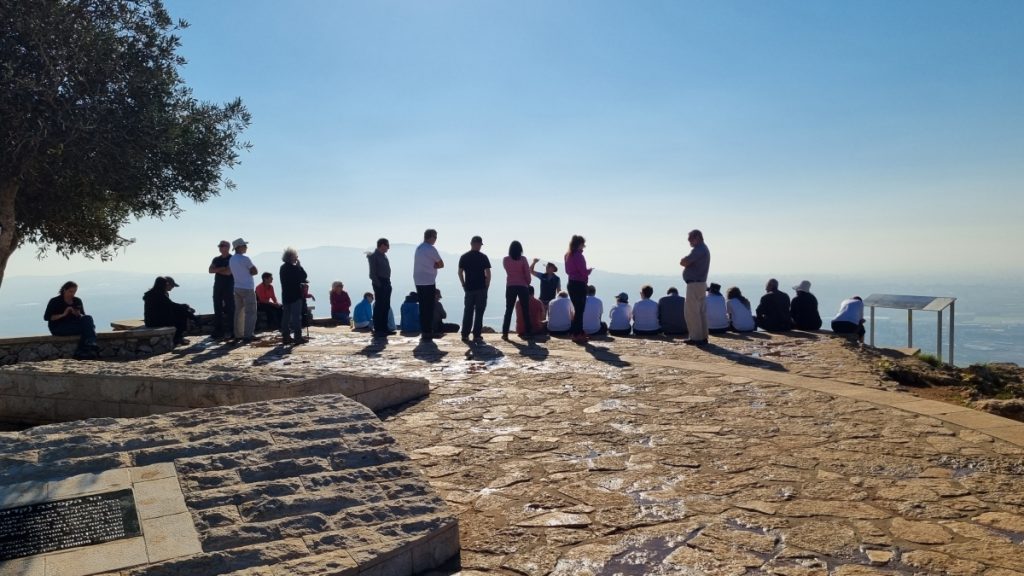
Patches of early winter cyclamen greeted us as we began our hike, and the ascent of Mount Devorah.
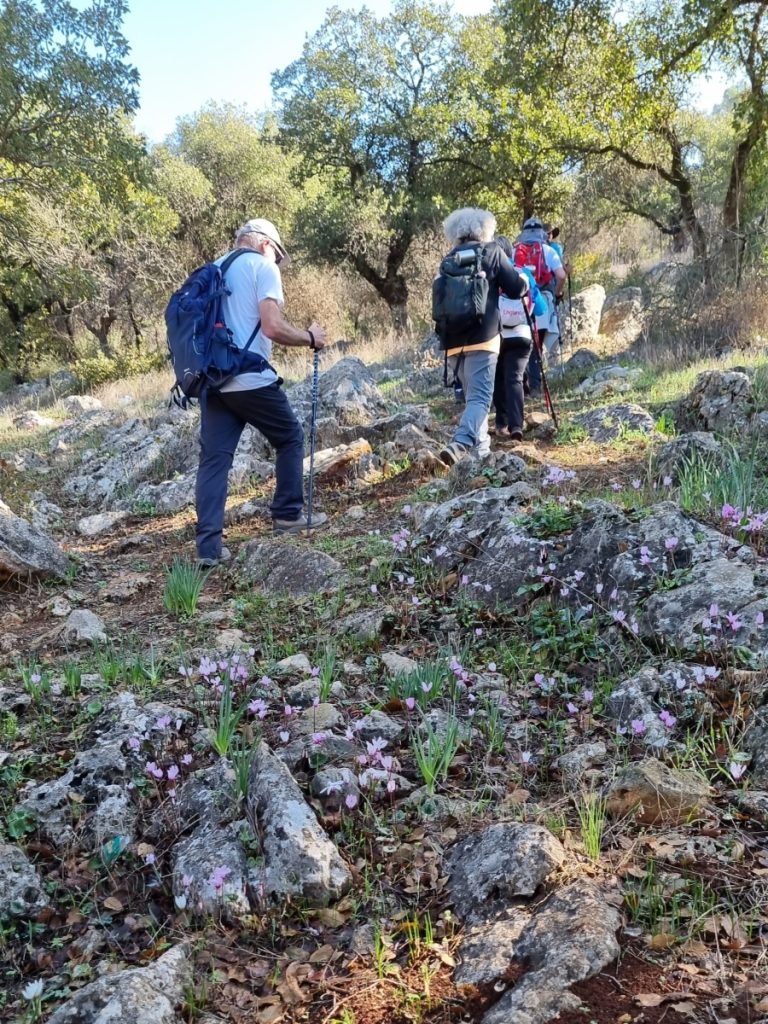
Heading up through Churchill Forest, trail blazes are freshly painted. But the trail itself is often indistinct due to fallen trees and restorative logging. Fire and disease, the first sometimes causing the second, have ravaged vast areas of the forest.
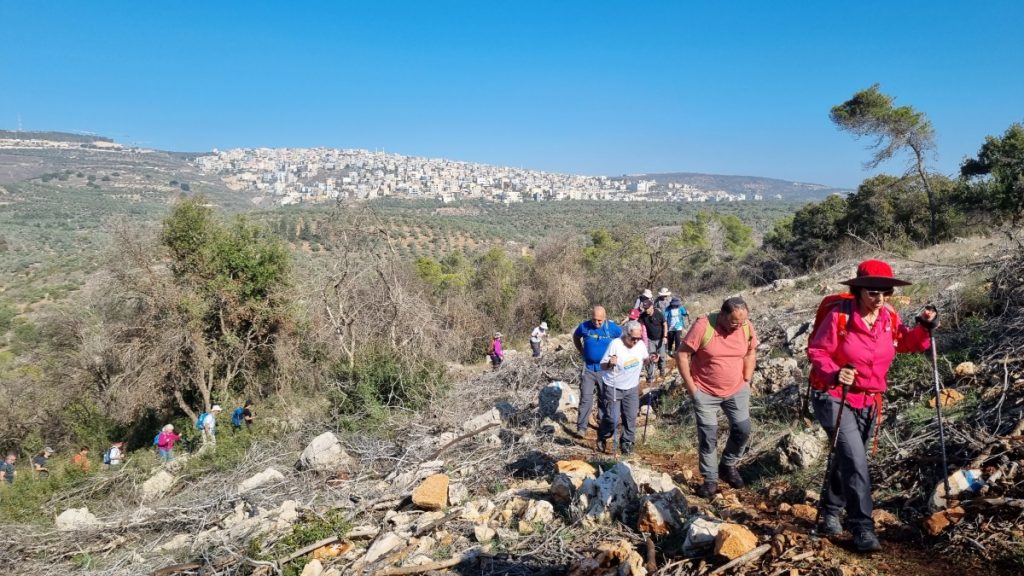
Atop Mount Devorah we had a rest-stop and posed for the obligatory group photo.
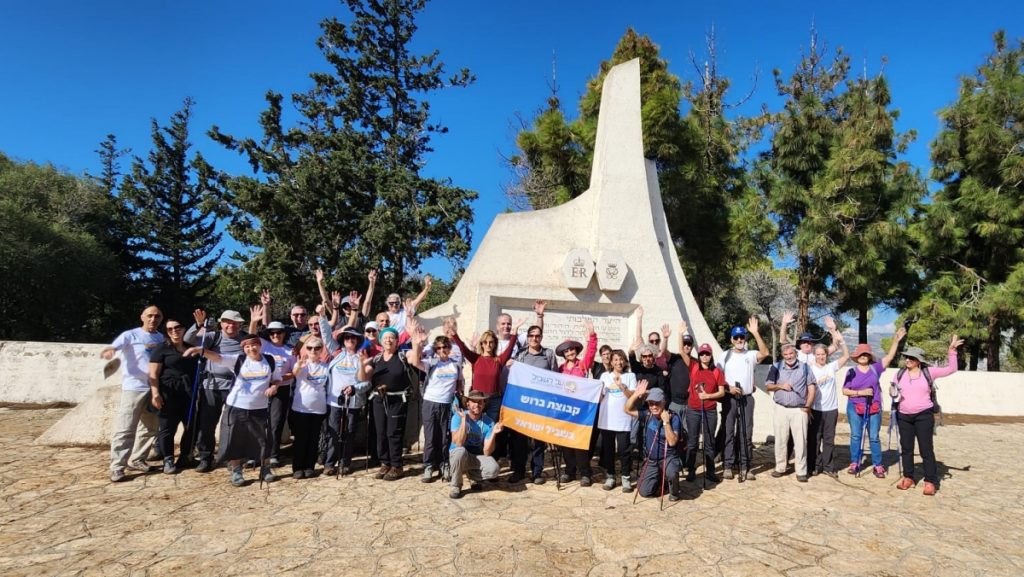
Leaving Mount Devorah, we headed down toward the Beit Keshet Forest.
Mount Tabor was a prominent feature throughout the day’s hike. It was a constant reminder of our end-point.
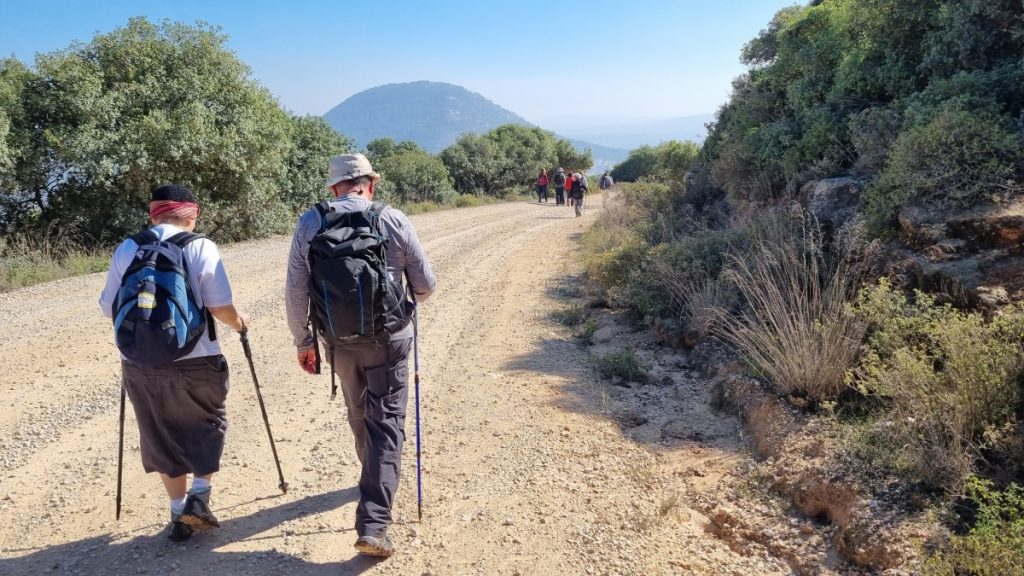
Besides replanting and restoring the forest, roadworks are in full swing.
Now it’s time to learn about the Gospel Trail and the Jesus Trail.

A Tale of Two Trails
The Jesus Trail is a 65 km hiking trail in the Galilee that traces the route Jesus may have walked, connecting many sites from his life and ministry. It begins in Nazareth at the Church of the Annunciation and passes through Tzippori, Cana, the Horns of Hattin, Mount Arbel, the Sea of Galilee, Capernaum, Tabgha, and the Mount of Beatitudes. The trail was founded in 2007 by two hiking enthusiasts and entrepeneurs, Maoz Inon, a Jewish Israeli, and David Landis, a Christian American.
The Gospel Trail is a newer, 60 km route from Mount of Precipice on the outskirts of Nazareth to Capernaum on the Sea of Galilee. The Gospel Trail can be traveled on foot, bicycle, or by car. The driving forces behind the Gospel Trail are the Israel Ministry of Tourism, the Jewish National Fund, the Israel Nature and Parks Authority, and other government authorities.
The two trails converge in places and share certain aspects, but they are not the same. So why are there two trails? According to Avi, when Inon and Landis failed to interest the Israeli authorities in the Jesus Trail, they continued to develop and promote it on their own. When the government finally reconsidered, Inon and Landis were no longer keen to join forces.
Another source with some interesting insights about the two trails: https://comingtoisrael.com/c2i_jesus_trail_gospel_trail_israel.htm

Paving the Way
The Gospel Trail and the Israel Trail often overlap, and it was particularly evident on today’s segment.
The reforestation and the Gospel Trail projects have turned the footpaths of the Israel Trail into wide dirt roads.
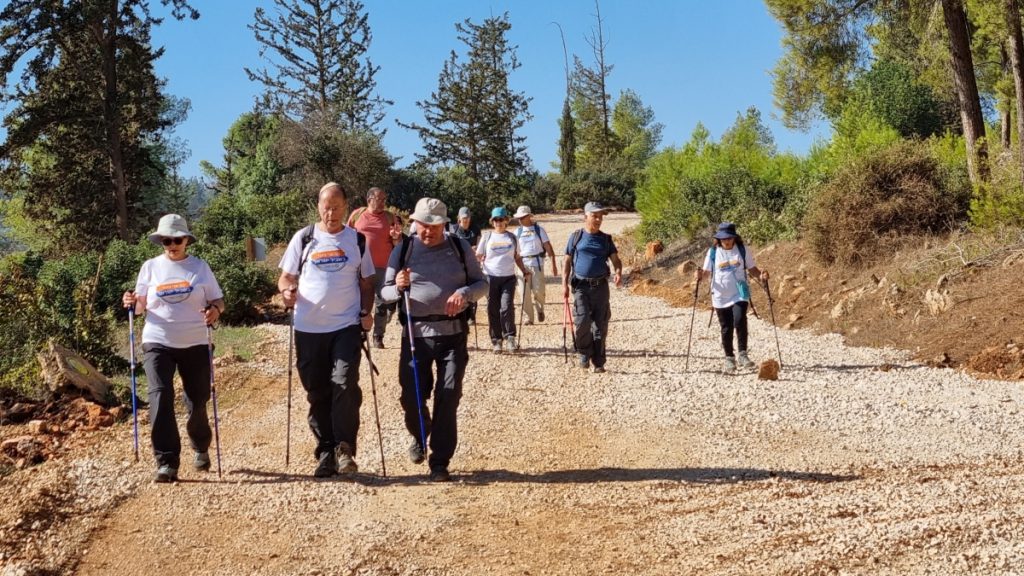
And these roads are getting covered in asphalt to make them suitable for vehicular traffic.
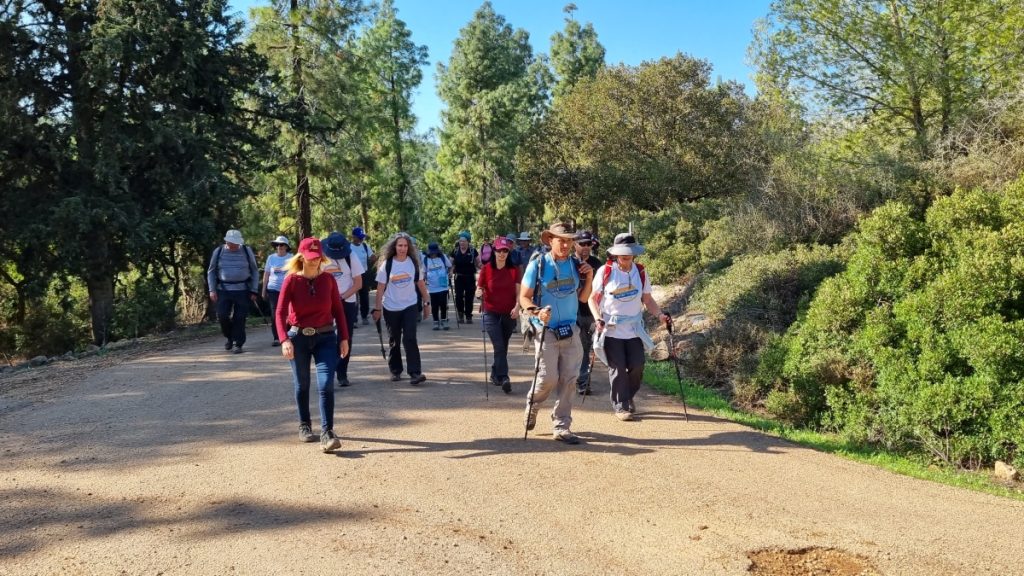
These roads provide easy access to tourist sites. But they kill the joy of hiking on footpaths that meander through nature. It’s time to reconfigure the Israel Trail route away from all this asphalt.
There is one upside to these wide trails. They are conducive to what I call “walking and talking”. Good conversation with hiking companions definitely makes the day even more pleasurable.
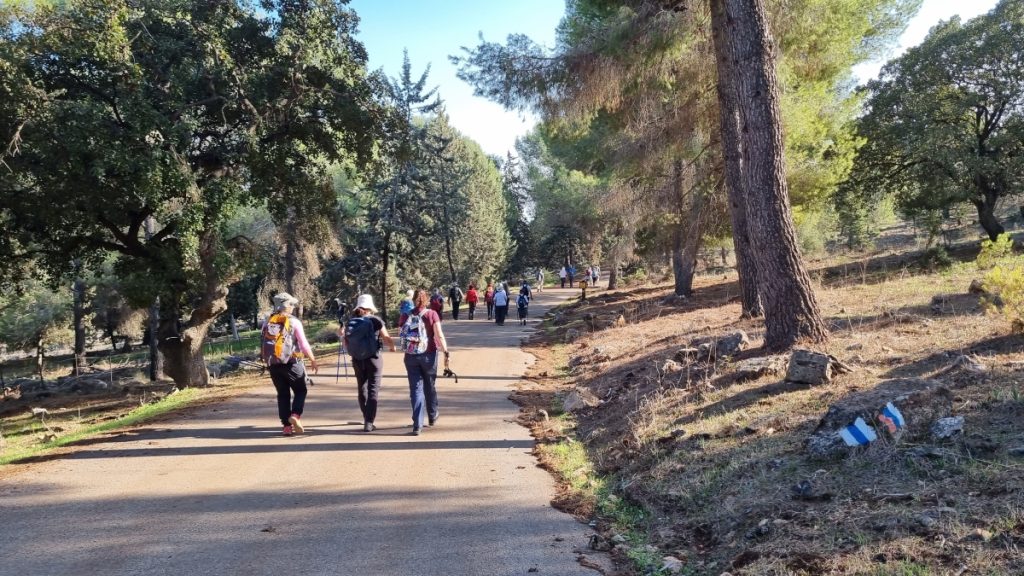
For the penultimate leg, we are back on a dirt trail in Beit Keshet Forest.
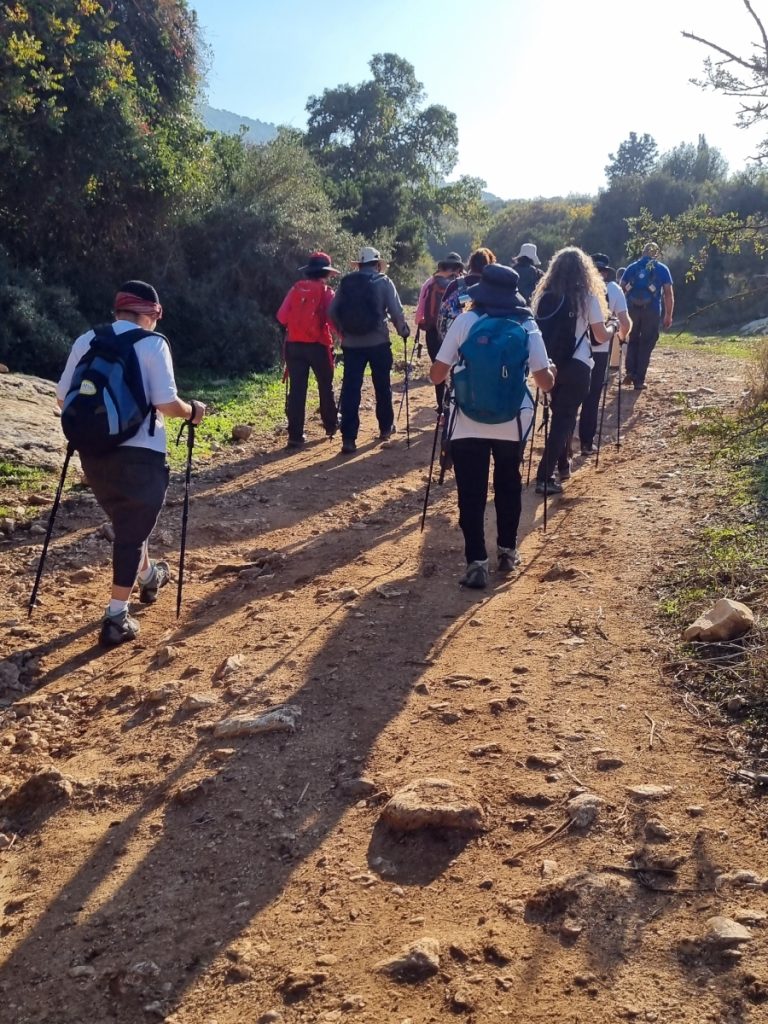
And then one more stretch of asphalt. The final kilometer was a push uphill through the Arab village of Shibli, back to our cars.
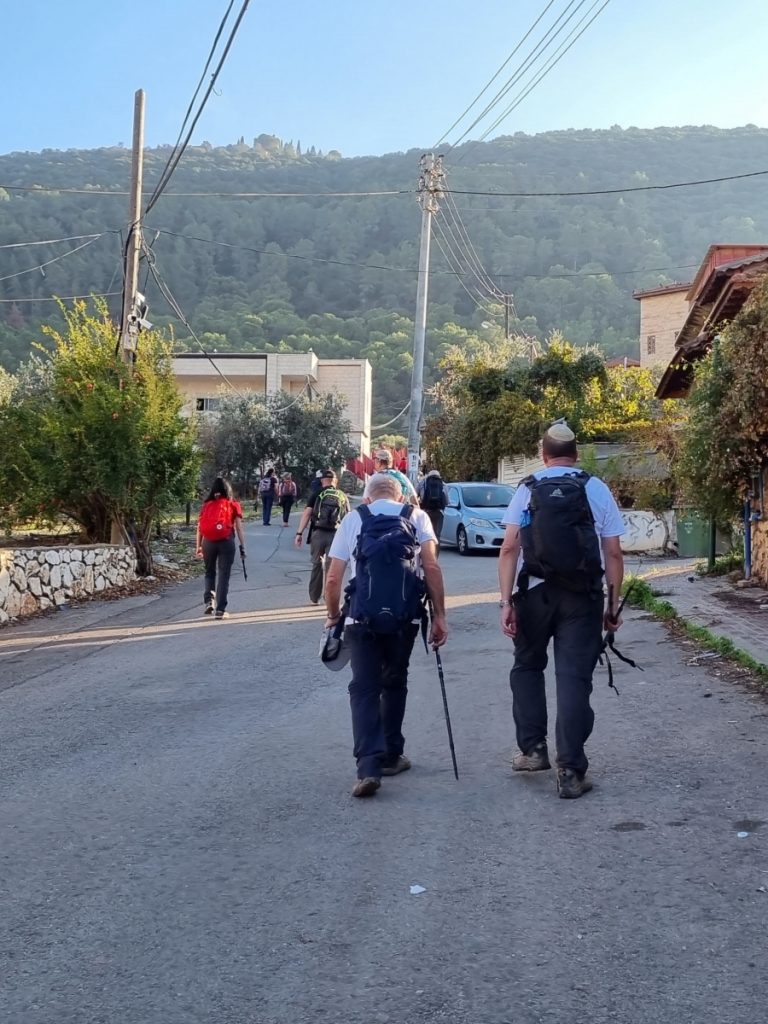
Autumn flowers
Thanks to my fellow hikers who captured some of these images and shared on our WhatsApp group.
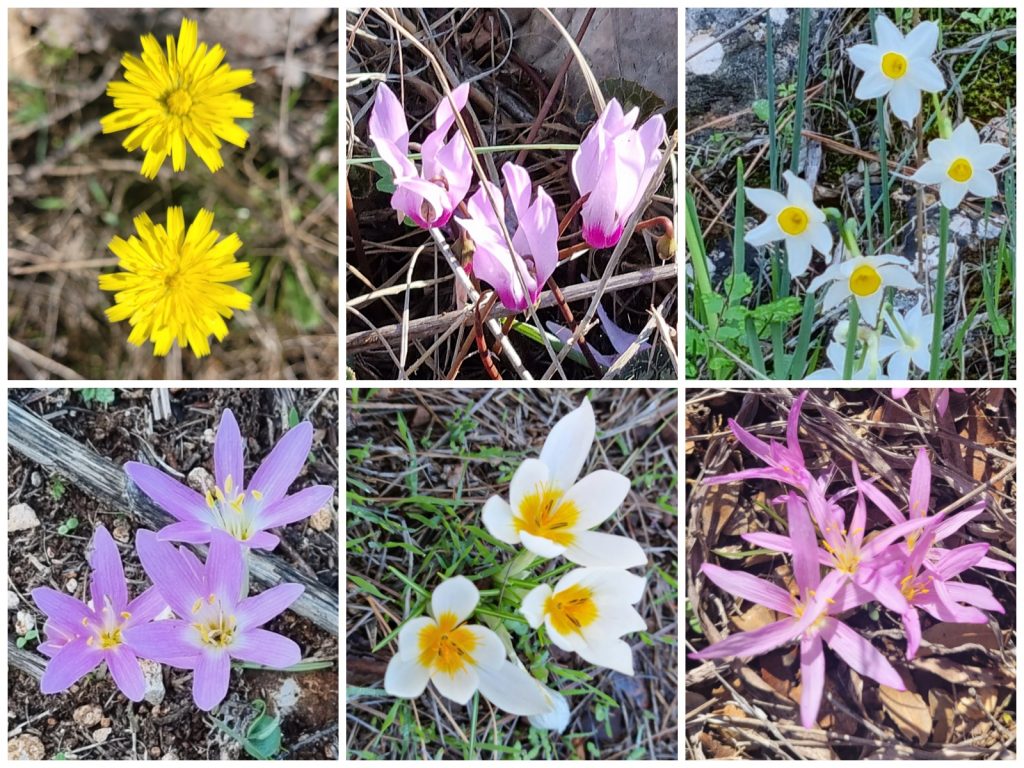
The complete set of my photos in a Flickr album: Israel Trail Hike 2022-12-01

